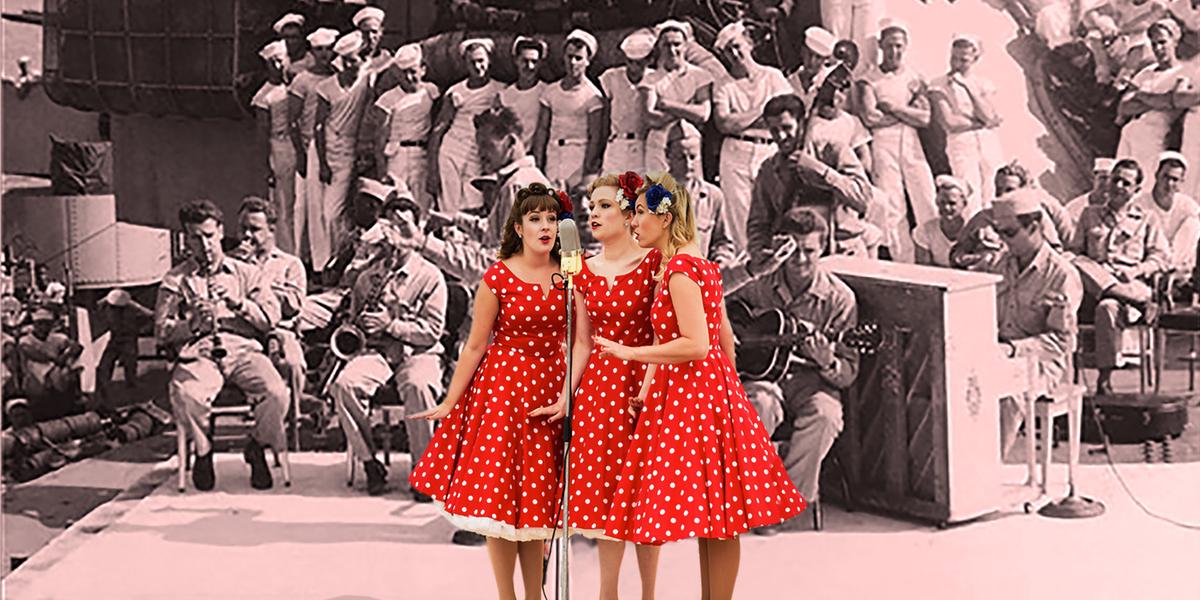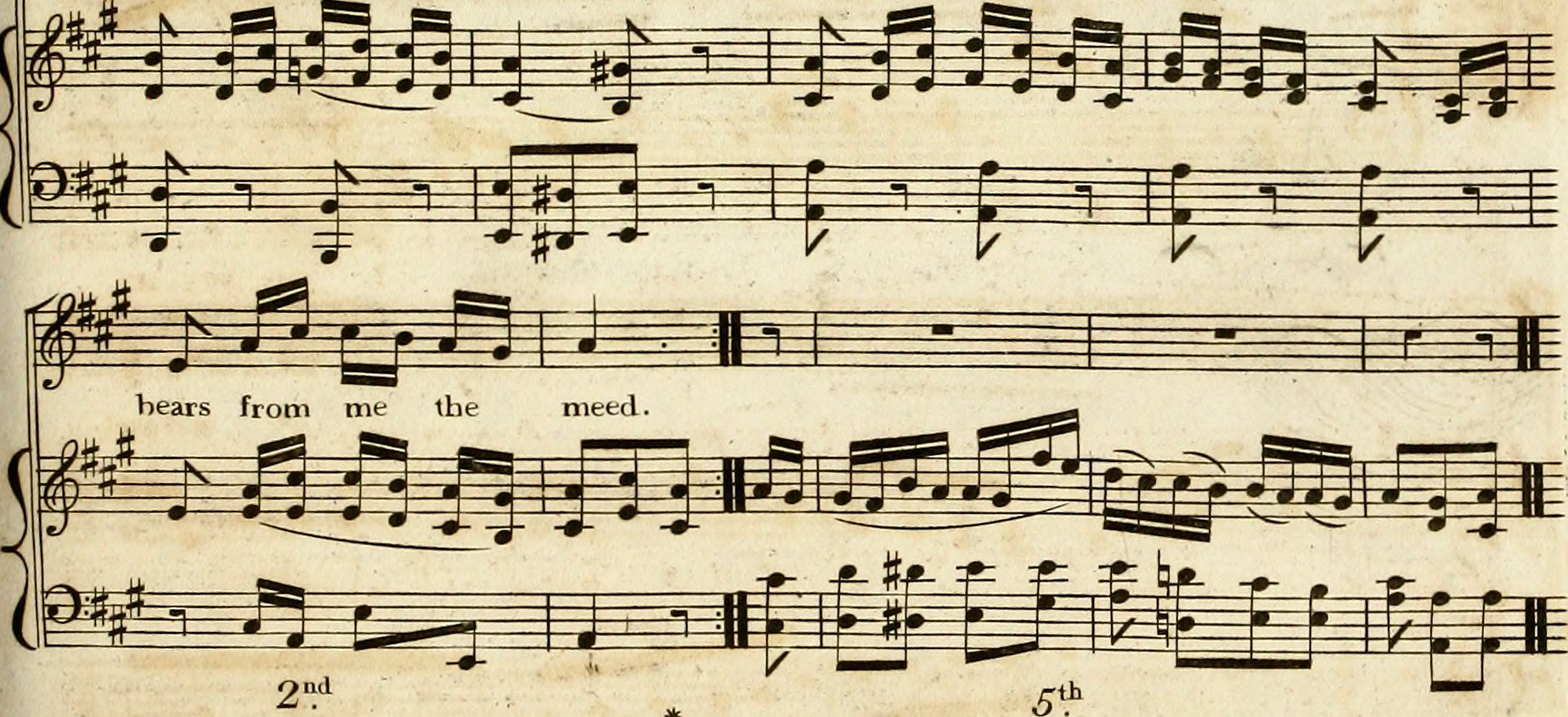Driving down the road late at night, listening to your favorite Nickelback album at full volume in your vintage AMC Gremlin, obviously you’re the pinnacle of good taste. Finally it comes to the chorus of the song and you feel the need to sing along, however you’ve done this too many times and just singing the lead line seems boring to you. That’s when you have the bright idea to try and harmonize with Chad, but you realize that you have absolutely no idea how!
In this article, we’ll be going through the basics of harmonization and the various different ways in which you can go about harmonizing so that the next time you’re listening to Nickelback, you’ll be able to belt out some awesome harmonies.
What is Harmony?
Harmony on a whole refers to two or more notes played at the same time and how they can relate to each other. Now a subset of harmony that we’ll be referring to is vocal harmony.
Vocal harmony is a style of vocal music in which a consonant note or notes are simultaneously sung as a main melody in a predominantly homophonic texture. If you have ever listened to a song and heard additional voices singing, either with the vocalist or against/in between the vocalist, chances are high that you’ve heard harmony without even realizing it.
Parallel/Similar Motion Harmony
The most commonly used type of vocal harmony heard in music is called parallel motion.
Parallel motion is defined by two or more notes that move in the same directions, in the same intervals.
These harmonies follow the melodic line and the harmony notes can be various intervals both above and/or below. Some popular intervals for parallel motion includes;
- Unison (octaves)
- 3rds
- Perfect 4ths
- Perfect 5ths
Similar motion is essentially the same thing as parallel motion, i.e. they both follow the direction of the melody line and can be both above and/or below it, with one huge difference. Similar motion does not actually have to keep the interval distances the same as the melody line. This lets you fit harmony notes inside of each separate progression as accurately as possible, with the harmony line not having quite the same effect as what would happen with a truly parallel motion.
Oblique Motion Harmony
Another common technique when singing harmonies is oblique motion.
Oblique motion is defined by two or more musical lines, one of which would still move around the staff, while the other would stay on a single note. They typically also are rhythmically identical.
This style of building harmony can be extremely effective in helping to ground the listener's ear to one pedal note (the note that is unchanging), and/or create interesting tension points as the melody and possibly even chord progressions change.
Popular pedal points based on the songs’ key includes:
- 5ths
- 6rds
- 7ths
- All of these could be either 8va or 8b
Contrary Motion Harmony
While heard much more often in classical piano music, however it can still be, and has been, used effectively by artists looking to add another layer of depth to their music.
Contrary motion is defined by two lines of notes, one the melodic line and the other the harmony line, which are actually going in separate directions from each other.

Contrary motion is similar to both parallel and similar motion as this harmonic device can follow the melody line with exact intervals, for example, if the melodic line goes up 1 whole step then the harmonic line goes down 1 whole step, or the harmony line could also move away from the melodic line by differing intervals depending on what the musician thinks sound the best.
Counter Melodies
Once you’ve mastered the art of singing harmonies, either by ear or with the aid of a piano, it could be time for you to up your game and add in a whole new layer of complexity to your music by adding some cool counter melodies.
These counter melodies aren’t technically harmonies, as they typically aren’t written to support the melody and often don’t even happen at the same time, however they can easily lead into fun harmonies when the melody does come back into the song.
As seen in the figure above, counter melodies are sequences of notes that are perceived as melodies that are written to be played or sung either simultaneously or separately from the main melody; they are secondary melodies meant to add more texture to the music.
One artist who has mastered the art of vocal harmony and counter melodies is Jacob Collier. With just a small desk full of recording equipment in one corner of his bedroom, he put together an amazing arrangement of Stevie Wonder’s “Isn’t She Lovely” that was able to impress Quincey Jones enough for Q to fly him out the the Montreux Jazz Festival and talk with him and Herbie Hancock.
If you ever needed the motivation to get your harmonization on point, this video should hopefully be enough!
In Summary
Being a vocalist is much more than singing the melody to a banging song. You have to be able to have strong ears, a strong voice, and a strong knowledge of music theory in order to have the whole package. And this growth starts with learning how to work well with others and be able to harmonize like a true pro.






